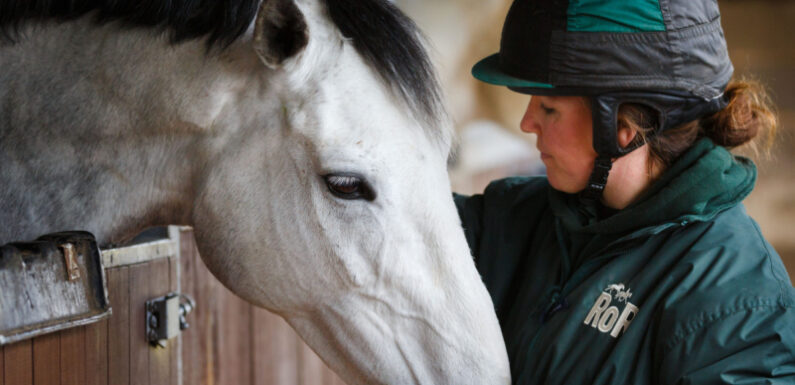
Discrete meals and dietary concerns of racehorses
Health and welfare of racehorses are crucial for their performance in the racing events. Though most of the racehorse breeds have natural stamina and strength, proper feeding determines their performance abilities to a great extent. According to the trainers, a disciplined regime of feed is essential to maintain a horse’s nutritional need as over-feeding or deficient feeding might cause serious consequences. Besides the dietary concerns, the feeding regimes are also crucial for the overall health and welfare of the horses. But at times, regulating the diets can lead to a little discomfort among the feral horses. Here is an in-depth analysis of how and why the food patterns affect the performances of race horses.
Feeding patterns for racehorses
Racehorses need plenty of energy to craft great performances – the very reason why experts recommend a nutritional diet for the horses to maintain a steady level of energy. Though each growing phase of racehorses requires different types of nutrients; the most crucial nutrient needed by a racehorse is undoubtedly the energy-rich foods. Here is a brief insight into how racehorses are fed and the dietary complications involved in the method.
A domesticated racehorse might not have the privilege of grazing around the wilds for hours to intake nutrients, but do enjoy extreme enjoyment in consuming quality foods in their stables. Racehorses require an abundant energy reserve that is hardly satisfied by the forages. ATP or Adenosine Triphosphate essential for the muscle contractions are found scantily in racehorses. But the presence of metabolic pathways can produce an enormous reserve for ATP in them. This justifies the need for feeding a racehorse properly. A disciplined diet regime for racehorses guarantees the storage fuels needed for their energy production. Stabled racehorses are fed with concentrated digestible foods for competitive purposes. These concentrated consumables are easy to ingest compared to natural forage.
The trickle feeding of concentrated foods increases chances of Colic in racehorses, and therefore feeding the horses are mostly restricted before and after the strenuous exercises. Experts find trickle feeding a deviation from the horses’ natural feeding patterns that involve extensive browsing and grazing in the wilderness.
Perils of concentrated feeds
Stomachs of racehorses are naturally small and are inelastic. Hence, the caretakers avoid feeding heavy food to racehorses that fill their gastrointestinal tract. Heavy food is known to increase the thermal load and pressurize the lung capacity. However, the controlled feed for the stabled horses at fixed intervals has shown digestive problems and behavioural vexation in the racehorses. Although discrete meals meet all their nutritional needs, their desire for forage and gut fill remains incomplete. This may lead to several conduct disorders among the racehorses.
About 10 percent of thoroughbred horses are weaned at an early age and fed with concentrated feeds exhibit Stereotypies, an equine equivalent of Obsessive-Compulsive Disorder. The symptoms include continuous movements like box-walking or weaving and oral activities like wind-sucking or crib-biting. But these redundant behaviours are gradually forsaken once they turn habitual. Several researches establish factors such as unavailability of forages and discrete meals as the major reason for oral stereotypies in young race horses.
Another disadvantage of concentrated feed is the reduced production of saliva, which is generally produced due to the pressure on salivary glands while they chew their food. Since discrete meals reduce the time of chewing, saliva production is deficient for stabled racehorses. Lack of saliva leads to gastric acidity, and extreme cases can cause stomach ulceration. These studies are further confirmed with the statistics that show the occurrence of ulcers in almost 53% of racehorses.
Caring tips for domesticated racehorses
Since racehorses are groomed for contests, the feeding patterns that enhance early maturity and performance cannot be avoided. Hence, oral stereotypies and gastric ulcers are here to stay until a holistic solution is found. While the statistics establish a broader prevalence of the feeding-related problem, natural or free-range feeding of racehorses may not be feasible caring tips for racehorses, since those eliminate their competitive edge. Even though medications are the standard treatment for food disorders in racehorses, sustainable and long term solutions are essential for the overall welfare and health of the horses.




